|
Accessing prior knowledge is an important element of instruction especially when serving multilingual learners. It doesn’t have to take long, but when implemented it can stimulate thinking and help new learning stick too.
ABC Brainstorming is one way to access prior knowledge, and it can also be used as a culminating activity. ABC Brainstorming can be done in small collaborative groups or it can be done individually. I have found it most effective when introduced first individually for a few minutes and then in small collaborative groups. This is a monolingual brain. This is a brain on multiple languages. In a globalized society, it is a disadvantage to understand and speak a single language. Nations work together to solve problems as well as communicate and work alongside one another. Therefore, one who is able to speak and understand multiple languages has apparent advantages in communication over one who can not.
Let’s examine the brain, languages, and how this plays out in our classrooms. The F-Word. Fidelity & Why it May Be a Fallacy for EL InstructionBuzzwords in education are like mosquitos. They are here for a while and during that time they become very annoying. Lately, many educators are hearing one certain F word frequently in regard to programs and curriculum.
FIDELITY Multilingual learners (MLs) are amongst the fastest growing population in the United States. MLs come from diverse linguistic and cultural backgrounds. The assets they bring to classrooms are sometimes underrecognized leaving these students struggling linguistically and academically. Many teachers of MLs want to provide instruction that meets their needs but find themselves not knowing how to help and feeling overwhelmed.
This is where Universal Design for Learning (UDL) enters and has been known to support and benefit MLs. What is UDL? This was an important lesson I learned because what happened time and time again was my principal or director would tell me that I had X number of dollars to spend on multilingual learners (English learners) by tomorrow! Okay, I’m exaggerating a bit, but not much. I was like a deer in the headlights, my eyes big and wide. I mean, I wanted the money for my students but at THAT moment I could think of nothing. My brain was blank.
Multilingual learners count on us to provide high-quality, comprehensible, and culturally responsive instruction in each lesson in every classroom.
Here are 22 practical and efficient ways (in no particular order) we can support emergent bilinguals as they climb to become our future global leaders. *The terms multilingual, emergent bilingual, and English learner are used interchangeably in this article and also include the acronyms MLs, EBs, and ELs. Teaching multilingual children is a gift. It’s truly a joy. In my own classroom, I learned so much from my students, especially those that spoke more than one language.
Over the years, one thing I learned from experience as well as through professional learning is that each student deserves to be seen and served individually. No one size fits all approach works. While differentiation may seem daunting, it’s actually not that scary. Dr. Stephen Fleenor describes differentiation as “not creating individualized lessons...it is creating environments in which students at all different levels, all different proficiencies...can each thrive and each grow one level up in that lesson”. Dr. Fleenor offers two wise suggestions for creating of environments that offer differentiation: If you are new to teaching English learners or new to your role as an EL/ESL/ELD/ELL teacher, these are articles you may find useful.
I started teaching in the winter of 1997. Hired in a wonderful suburban district outside of Houston, Texas. The campus experienced a little growth and needed a teacher mid year, so I was the lucky one hired in December just as I received my college diploma and teaching certification.
My college pre-service classes taught me little about what the classroom experience would truly be like. And with wide-eyes I walked into my first classroom and found myself teaching third graders who had a myriad of needs I was ill prepared for. Some students needed special education support, others dyslexia, and some were learning English. I quickly found that the big white binder of curriculum didn’t hold the answers I needed to give these kids the support THEY needed. I'm hearing from colleagues, family members, close friends, and educators around the globe that they are worried about students not getting enough instructional time right now while schools are closed due to the Corona virus. Parents are stressed. Teachers are overworked. Kids are confused. And we're all just trying to figure this out while it's happening (very quickly)!
The biggest concern from teachers is about the kids they aren't hearing from on online platforms or through other means of communication. What are they doing? Are they learning? What's going on? And how can I help? Guess what...students are learning a lot at home. We might just have to help families refine daily practices a little. So here's what I suggest. This article originally posted on Middle Web on 1/6/2019. This is an updated version that includes how to promote academic language during distance learning.
“My kids seem to speak English well, but when it comes to academic tasks, they struggle.” We often wonder why English learners have a difficult time with standardized tests and essays in content areas but are able to communicate with peers and get along fairly well on a day to day basis. The reason behind it may be that academic language is different from everyday language. Academic language takes from 5-7 years to acquire while social or conversational language (often known as BICS, basic interpersonal communicative skills coined by Jim Cummins) only takes 2-3 years. What we know is that students need to make greater gains in academic language in order to become successful in school and post secondary. Academic language is the language of the content area of instruction. It is the textbook talk and vocabulary and syntax used in lectures and class presentation. It is not just single words and includes phrases and sentences as well. It is critical that English learners are offered many opportunities on a daily basis to practice using academic language. Why? We have to consider that some English learners go home to environments where they speak another language in the home. And that is awesome! Bilingualism has great benefits. However, to develop bilingualism, when they are in our classrooms or under our instruction, we have to build as many opportunities as possible for English language development using domain specific vocabulary. We have to put the language in their mouths. Other students (including native English speaking students) may go home to English speaking households, but the level of vocabulary or conversation may not be where we’d hope. This is yet another reason why our instruction (be it face to face or remote) needs to be filled with opportunities for students to use academic language. How can we get students to use academic language? Below you will find 10 ways to get students, especially English learners, practicing academic language in your classroom and beyond. He was born in the U.S. Is he lazy? unmotivated? what's going on?
If you teach middle school or high school you can probably relate. You may have asked yourself this question before, “Why hasn’t this EL met exit criteria?” Are they lazy? Are they not trying? Are they unmotivated? What is going on?
Let’s look at a student profile:
Why haven’t they met criteria to exit ESL? There may be many factors that contribute to students remaining in ESL and not meeting exit criteria. Examining each student’s profile closely could reveal the answer. However here a few common problems that lead to long term EL status: The first few days of school lay the groundwork. They help to create a foundation and atmosphere for the rest of the year. Here are a few of my favorite ways to start the year off with students. You can adjust these to meet your students’ age level, but mostly they can be accommodated to fit K-12.
I picked these activities because they keep ELs at the heart by building community, encouraging interaction, lowering the affective filter, and they can be used later in the year for more academic lessons. Are you hoping to get hired as an ESL teacher or specialist? Take a look at the questions compiled below from colleagues and experienced ESL teachers that have been in your shoes.
Hopefully, these will begin to give you ideas about how you might answer questions that the interview committee could ask you. 6 Things you can do now!First of all, WELCOME! We are glad to have you in our professional learning network. If you are reading this, I want to formally welcome you to a wonderful, passionate group of ESL educators and advocates who will support you along the way. In this article, you will find ideas for professional learning, resources to dig into, leaders in the field, and much more.
So you secured an ESL position. And you're wondering...how can I prepare for this job?
The other day, I posed a question to my Twitter PLN. I asked what their non-negotiables were for teaching English Learners. The responses were overwhelming. Just imagine if we set aside time as campus or district teams to develop non-negotiables and then live by them. This would be a great practice for ESL and bilingual teams. Here are some of the responses from Twitter followers:
What is the difference and Why should we care?Well, first and foremost, we should care if we want our students to speak like scholars. If we want our students to be marketable after they graduate. If we want them TO graduate! Then we should care! Sentence stems and frames are scaffolds as students learn language and content.
Sometimes educators use the terms sentence stems, sentence starters and sentence frames interchangeably. You may wonder...are they the same thing? The answer is no, they are are not the same. They have their own form and function. Core beliefs should anchor what we do. We all have beliefs about life, about learning, about people, about all things. It's important that we reflect and think critically about what are CORE, essential beliefs are about the things that are important to us.
Once we identify our CORE beliefs, we can use those to help ensure that we are doing what is right for students. Take a moment before you read on, to think and jot down 3-5 of your CORE beliefs about language or language acquisition. Then I will share mine with you. 18 ways to Support English Learners in your classroom in 2018 (or EVER!)2018 is going to be a year where your English Learners thrive! Your ELs need some extra scaffolds and supports to level the playing field. They are learning a new language while navigating content at the same time.
Here are 18 ways that you can help support them with their journey. Not every EL will need all of these scaffolds. Some will need more than others. And once they no longer need the scaffold, remember to release it and let them soar! Whether you are a campus lead teacher, ELL specialist, instructional coach, or administrator, you can benefit from conducting a learning walk on your campus.
Learning walks are arguably of the greatest forms of job embedded professional development. I'm a huge believer in the power of learning from colleagues. As a campus ESL Instructional Specialist for five years, I traveled to various classrooms on a daily basis and co-taught with teachers in k-5th grades. This was an amazing experience for me. It allowed me to see some powerful instructional practices and also some that needed support.
Back in the day, not too long ago, the only way to receive professional development was to attend a training or workshop. No longer is that the case. Now, there are many options for us. So, with Twitter, online learning, and newer opportunities out there, is face-to-face professional development a thing of the past? As a professional development specialist, I find this an interesting question to ponder.
A huge part of balanced literacy and a workshop setting is conferring with students. Conferring allows for maximum differentiation to meet specific instructional needs for students. But when we serve students who are also learning English, there is a need to accommodate the way we confer. After years of conferring with ELLs and tons of reading in the field, here are my tips for conferring with ELLs.
Let's back up a little and break it down. What is culture? Culture has many meanings and it depends on who you ask or which source you use. If you review most definitions, they all have somethings in common. Zion and Kozleski describe culture as the "shared beliefs, views, values, customs, behaviors and artifacts that the members of society use to interact with their world and with one another (as cited in Fenner & Snyder, 2017).
From this definition, I know we can gather that everyone has a culture. We all have beliefs and views. We all carry values and customs. We all have certain behaviors and artifacts related to our own society that we use to interact with the world and with others. This leads me to the conclusion that being culturally responsive is not only going to benefit my English Learners, it will benefit every child in my classroom. Create a Welcoming Environment
1. The BEST ESL teachers know how to make their students feel safe and valued. They are able to break down the walls of anxiety and fear so students feel ready and eager to learn. These teachers do this by using verbal and nonverbal cues. The way they speak with their students tells them that they are wanted, valued, and loved. These teachers make room for all students. The courses offered include:
The ELPS Linguistic Instructional Alignment Guide or LIAG is aresource also available to educators. It is not a course but a resource that is handy for planning instruction. As a classroom teacher, the LIAG can a used to tailor listening, speaking, reading, and writing goals and instruction for each English Learner in your classroom. Sheltered Instruction videos are coming soon! So be on the look out! And share this awesome resource with your colleagues. Just wondering...for those of you who don't live in the GREAT state of Texas, does your state/country have something like this for teachers? Please comment. Enjoy! TEXAS teachers!! Have you heard about Texas Gateway???
This is an AMAZING, FREE resource library for all Texas educators and parents created by the Texas Education Agency. The courses offered are self-paced, online courses. Some even include videos and classroom support documents. As an advocate for English Learners, I truly love that the Texas Gateway offers several courses related to supporting teachers and administrators of ELs. Teachers can take the courses and receive professional development credit for them too! But BEST of all, teachers and administrators will gain valuable knowledge about how to effectively support English Learners in their classrooms and schools utilizing the English Language Proficiency Standards aligned with the TEKS. |
Categories
All
|
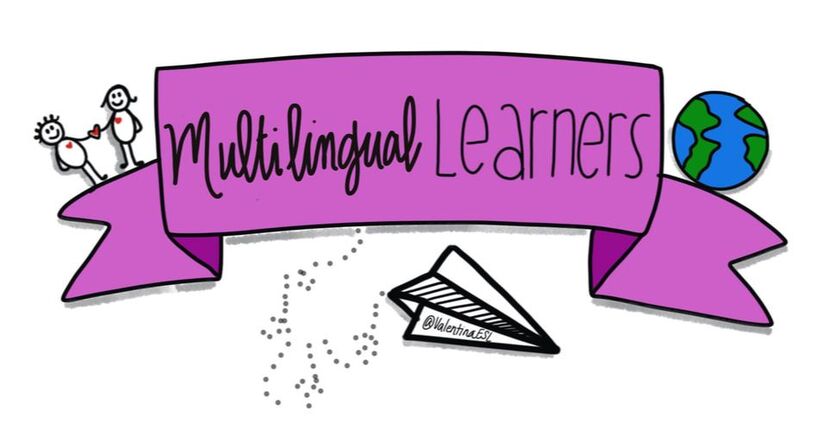
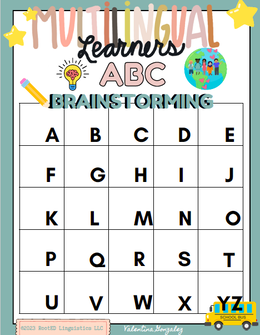
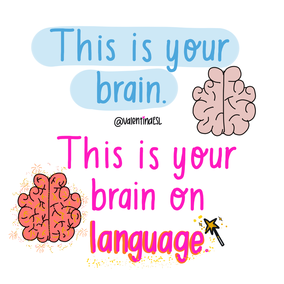
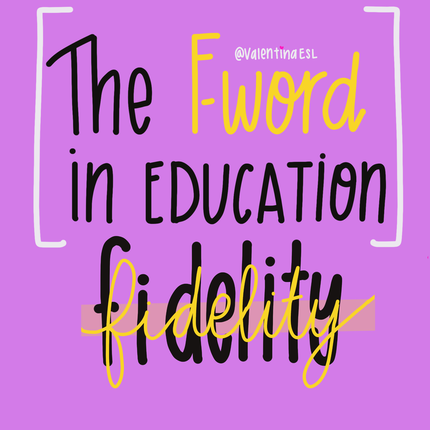

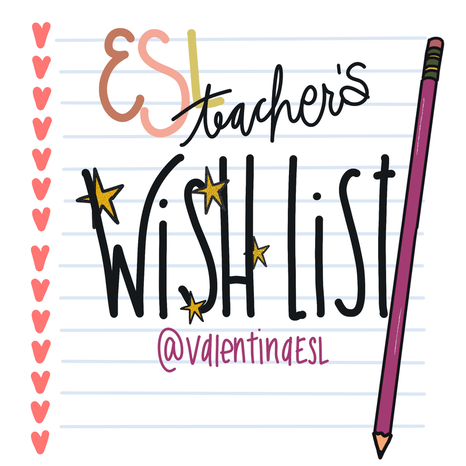

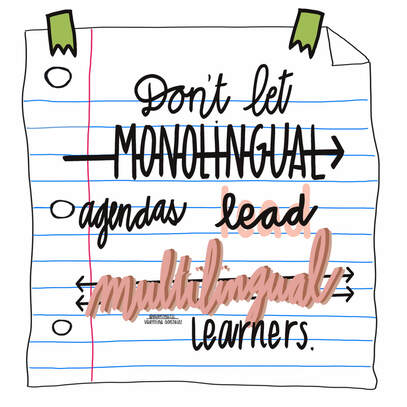
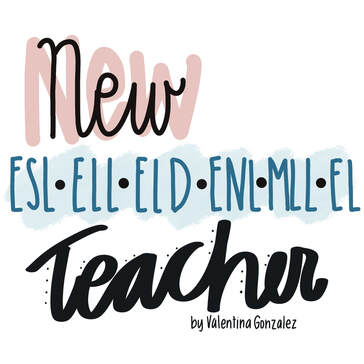

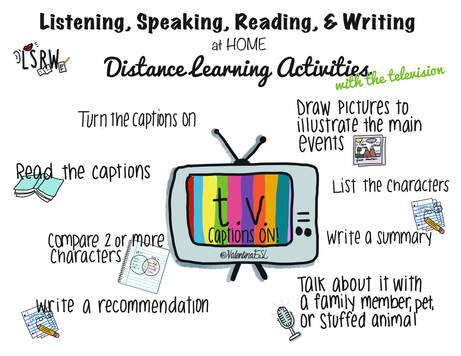
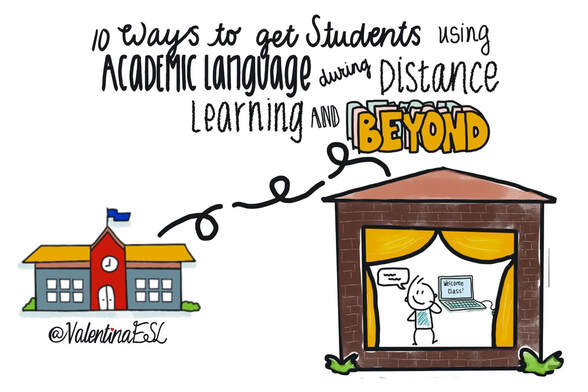
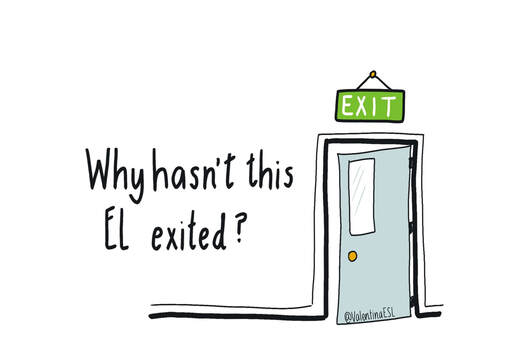
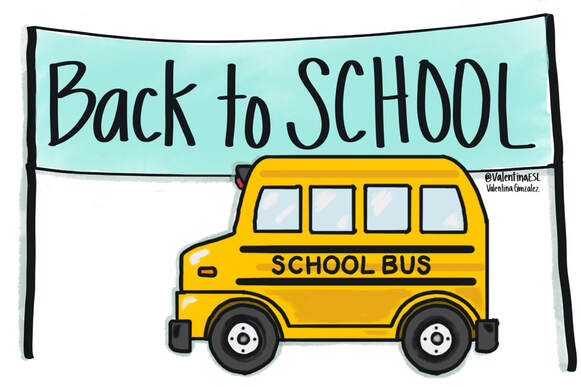
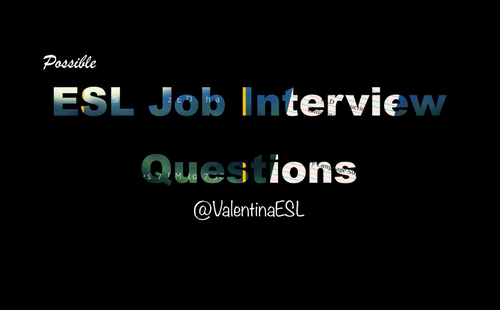
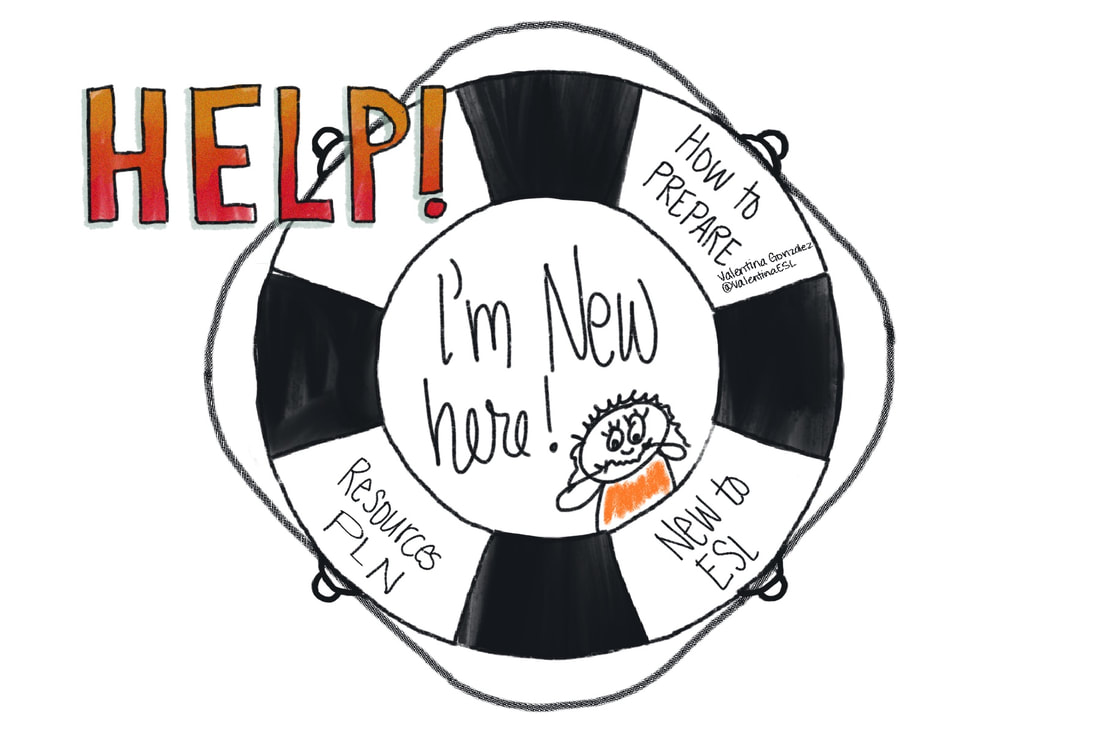
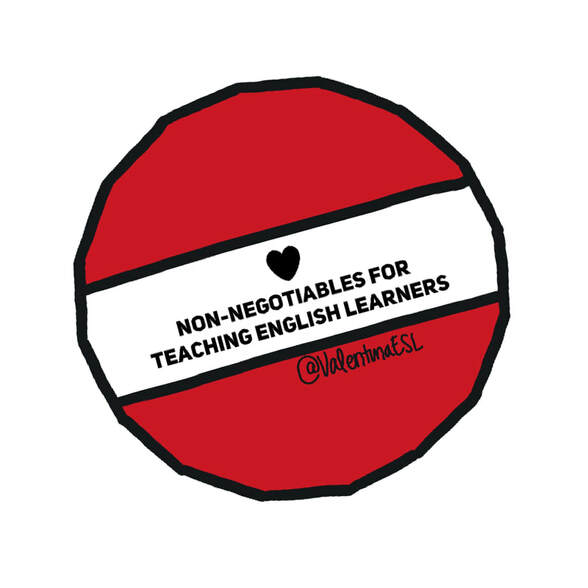
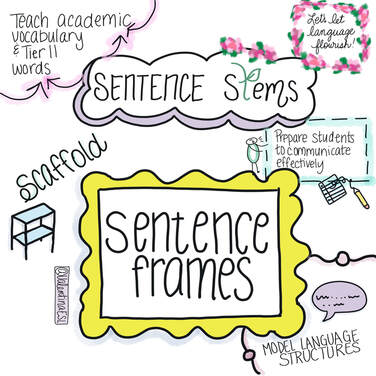


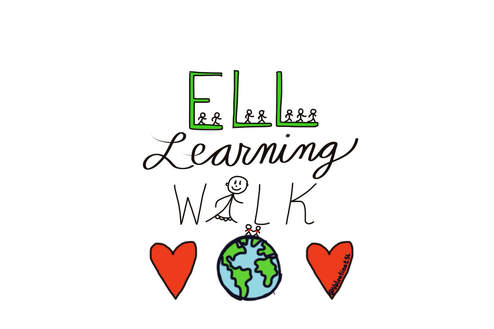
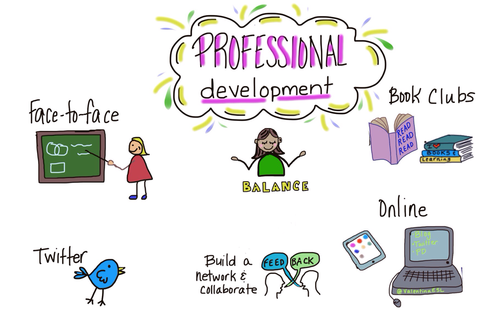
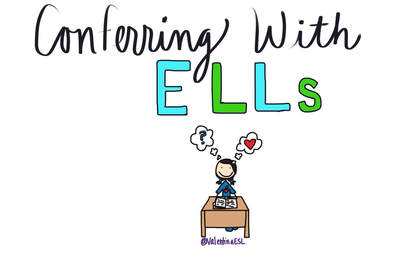
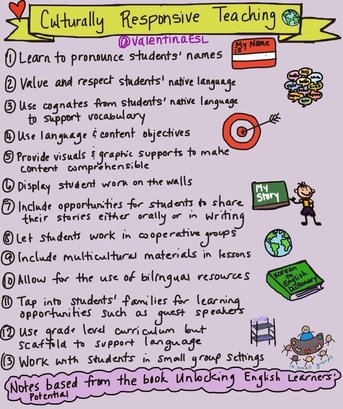
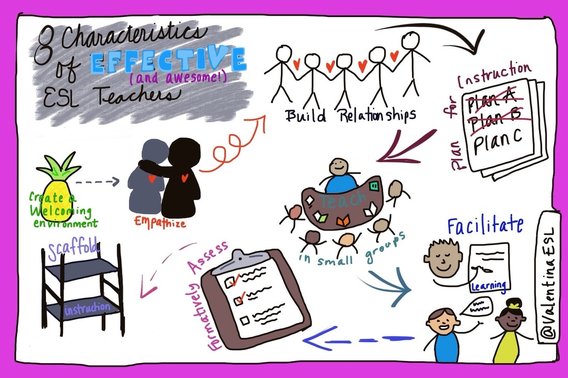
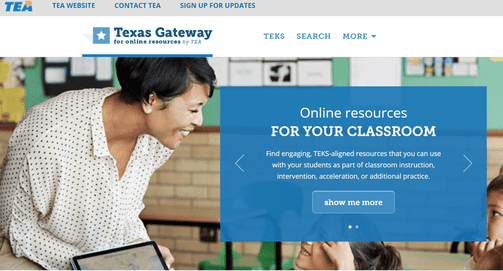
 RSS Feed
RSS Feed
